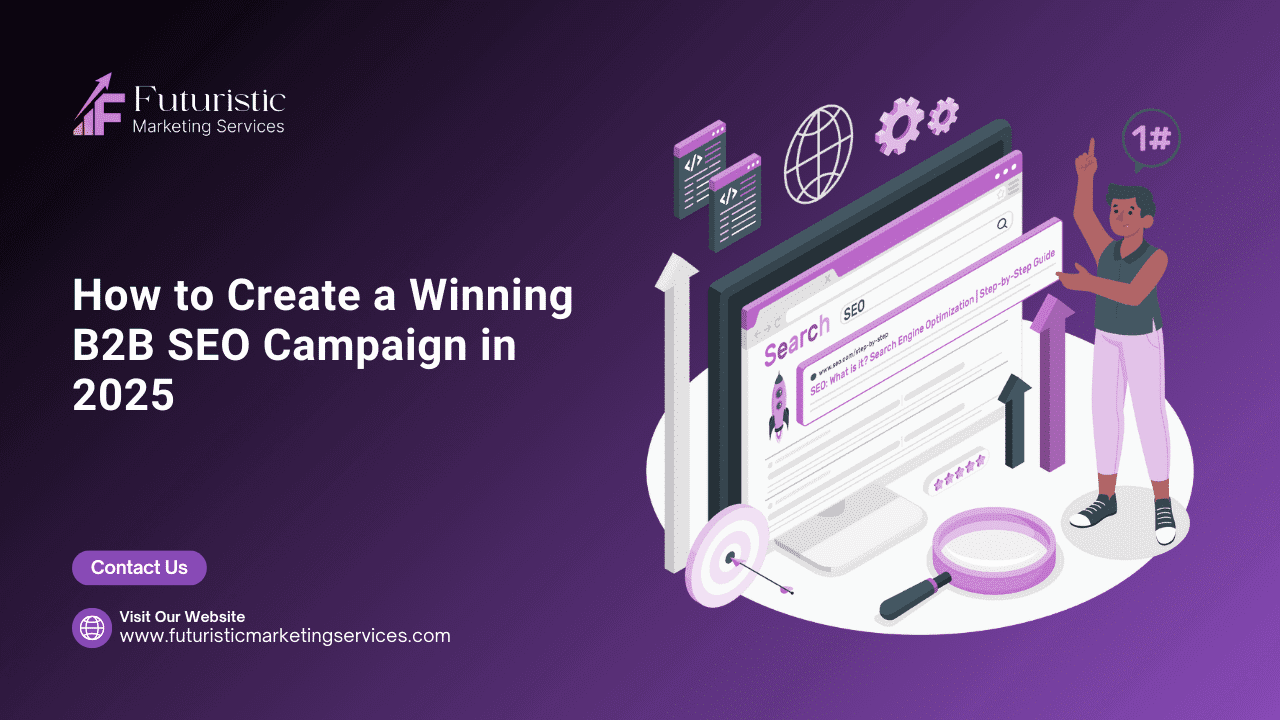When it comes to graphic design, fonts are more than just letters—they’re the voice of your visuals. Choosing the right font can make or break your design, influencing how your message resonates with your audience. In this guide, we’ll explore the most common fonts used by graphic designers, their unique characteristics, and how to select the perfect typeface for your project.
Why Fonts Matter in Graphic Design
Fonts play a pivotal role in conveying your brand’s identity, emotions, and professionalism. According to a study by MIT, typography can significantly influence readability and emotional impact on viewers. Whether it’s for a corporate logo or a website’s landing page, the right font ensures your message is not just seen but also felt.
Serif Fonts: Timeless Elegance
Serif fonts are classic and traditional, often used for projects requiring a formal tone.
Garamond
- Overview: Created in the 16th century, Garamond is a versatile serif font known for its timeless appeal.
- Applications: Ideal for books, academic publications, and elegant web designs.
- Why Designers Love It: Its refined look enhances readability while adding a touch of sophistication.
Times New Roman
- Why It’s a Classic: A staple in academic and professional settings, Times New Roman balances tradition with clarity.
- Modern Alternatives: Fonts like Georgia or Merriweather offer a similar style with updated aesthetics.
Baskerville
- Key Features: Known for its contrast between thick and thin strokes, Baskerville is perfect for high-end branding.
- Design Use Cases: Frequently used in fashion and luxury industries for its sophisticated aura.
Sans-Serif Fonts: Clean and Modern
Sans-serif fonts are straightforward and modern, making them perfect for digital platforms.
Helvetica
- Why It Works: Helvetica’s clean lines and versatility make it a favorite for corporate branding.
- Interesting Fact: It’s so popular that it even inspired a Netflix documentary【external link: https://www.netflix.com/】.
Arial
- Accessibility: Widely available, Arial is known for its readability on screens.
- Comparison: Often considered a more accessible alternative to Helvetica.
Futura
- Design Style: A geometric sans-serif font that exudes modernity.
- Applications: Used in advertising and logos for its striking, futuristic vibe.
Modern and Versatile Fonts
For digital designs, these fonts offer the perfect blend of creativity and functionality.
Montserrat
- Background: Created for modern web designs, Montserrat pairs well with minimalist aesthetics.
- Popular Uses: Blogs, landing pages, and portfolio websites.
Open Sans
- Why Designers Choose It: Its clean appearance and compatibility with digital platforms make it a staple for UX design.
- Best Practices: Use it in headings and body text for a cohesive look.
Roboto
- Google’s Contribution: Designed for Android, Roboto is highly legible and perfect for UI/UX projects.
- Where It Shines: Mobile apps, websites, and digital ads.
Script and Decorative Fonts
These fonts add personality and creativity to your projects but should be used sparingly.
Brush Script
- Characteristics: A handwritten font that brings an organic, casual vibe to designs.
- Usage Tips: Perfect for greeting cards or posters but not recommended for body text.
Lobster
- Playful Aesthetics: Lobster’s unique curves make it stand out in informal designs.
- Applications: Great for branding and headlines in lighthearted projects.
How to Choose the Right Font
Selecting a font depends on several factors:
- Readability: Fonts like Arial and Roboto ensure clarity across platforms.
- Brand Alignment: Serif fonts like Baskerville convey sophistication, while sans-serif fonts like Helvetica express modernity.
- Project Medium: Use web-optimized fonts like Open Sans or Montserrat for digital designs.
Conclusion
Typography is a cornerstone of graphic design. By understanding the characteristics of popular fonts and their applications, you can create visually striking and emotionally resonant designs. Experiment with fonts, and let your creativity flow.









